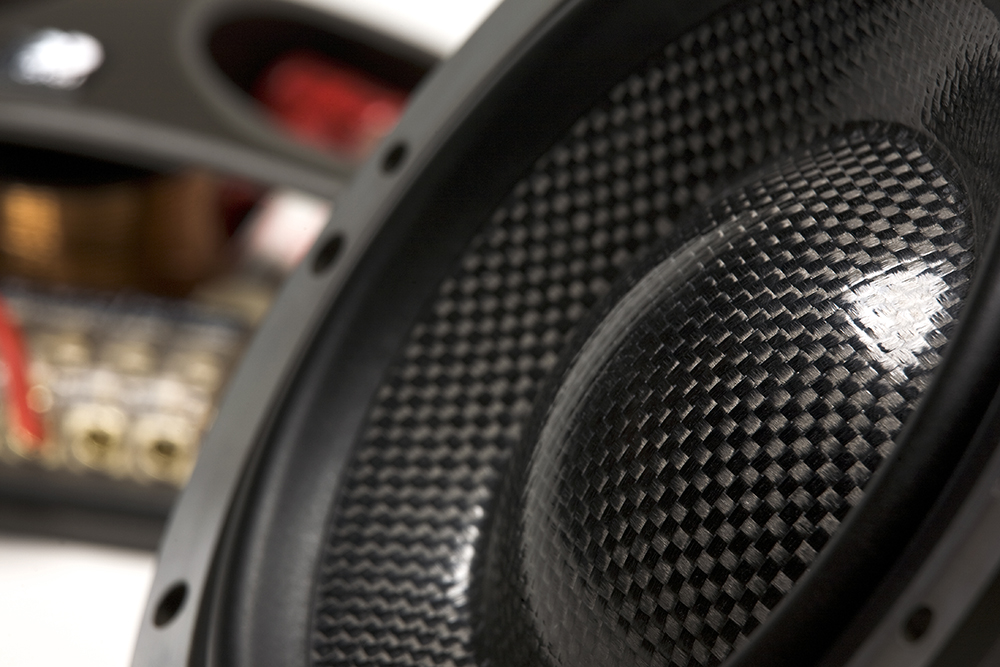

Introduction
Have you ever wondered how speakers magically produce your favorite tunes? When you think about it, they are quite remarkable... how does that small lump of metal, rubber and plastic produce sound? Well, it's time to uncover the mystery behind the music – let's dive into the fascinating world of speakers and discover how they work!
The Starting Point: Electrical Signals
Everything begins with electrical signals. When you play your favorite song on your phone, car radio or any audio device, it sends electrical signals to the speaker via some kind of amplifier, whether that be built into the radio itself, or an external unit. These signals contain information about the sound waves that make up the music.
The Heart of the Operation: The Diaphragm
Inside the speaker, there's a crucial component called the diaphragm (more commonly known as the cone) – think of it as the heart of the operation. The diaphragm is a flexible, usually cone-shaped material that moves back and forth when it receives electrical signals. It's attached to the speaker's frame, ensuring it can vibrate freely.



How Sound is Created
As the electrical signals reach the speaker, they make the cone vibrate. This vibration is what generates sound waves in the air. Imagine the cone moving in and out rapidly, mimicking the patterns of the original sound. These vibrations create compressions in the air, essentially forming sound waves.
Turning Electrical Energy into Sound Energy
Now, let's talk about magnets and coils – the dynamic duo that converts electrical energy into sound energy. Inside the speaker, there's a coil (a wire) attached to the back of the cone. Surrounding the coil is a magnet. When the electrical signals pass through the coil, it becomes an electromagnet. The interaction between the electromagnet and the permanent magnet creates the forces needed to make the cone move.
Precision Matters!
To make sure the sound produced is clear and accurate, the shape and material of the cone play a crucial role. Manufacturers carefully design the cone to disperse sound waves effectively, providing you with a balanced and pleasant listening experience.
Morel stands out as one of the worlds leading speaker manufacturers. One key factor that sets Morel apart is their use of premium materials. Morel speakers often feature advanced materials such as carbon fiber, Hexatech Aluminium voice coils which are shaped like a honeycomb, this reduces air gaps in the coil windings, increasing efficiency by up to 20%. Acuflex which is a specially engineered damping compound hand-applied to the soft domes, another solid component is the neodymium magnets that are employed to provide strong and controlled magnetic fields.
For those who want precision in audio reproduction and seek speakers that excel in delivering accurate sound, Morel HiFi is the brand for you!

Conclusion
In a nutshell, a speaker converts electrical signals into sound waves through a process that involves several key components. When an electrical signal is sent to the speaker, it causes the cone to vibrate. This movement is facilitated by the interaction between a coil attached to the diaphragm and a permanent magnet. As the coil becomes an electromagnet due to the electrical signal, it interacts with the magnetic field, causing the diaphragm to move and create compressions in the air, ultimately producing sound waves that replicate the original audio signal.
The next time you're jamming to your favorite tunes, take a moment to appreciate the science behind the beats!






